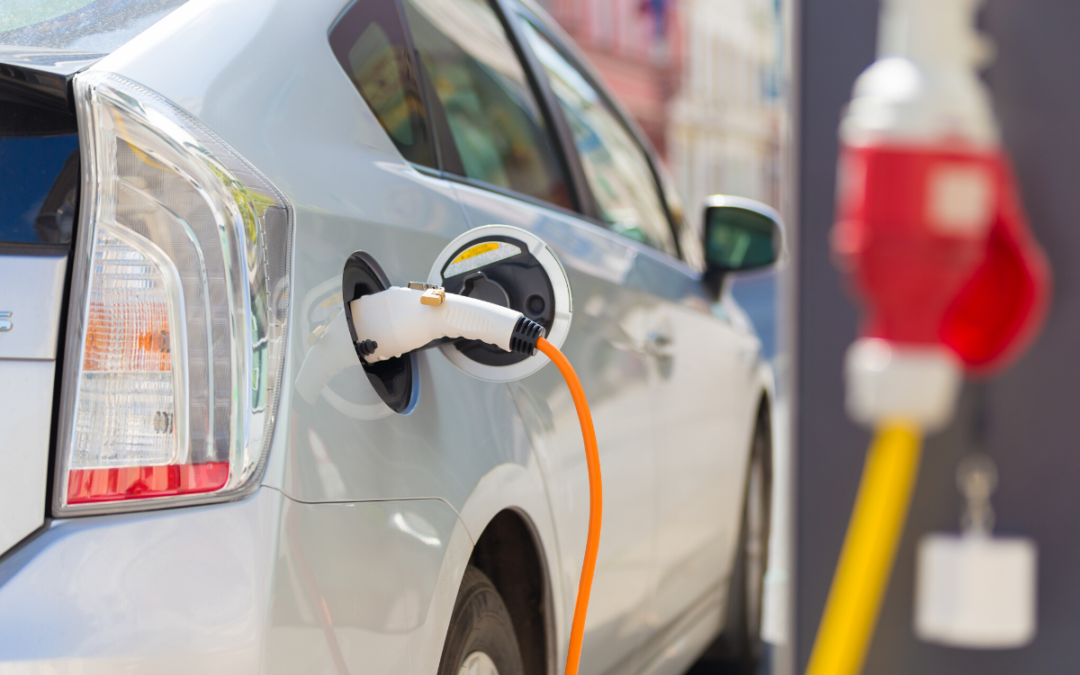Scientists at Stanford are on the trail of giving degraded lithium-ion batteries a wake-up call to restore them to near-original performance. Inactive clumps of lithium build up over a battery’s lifetime until they must be replaced to keep EV range intact. This innovation is a change in the charging process that moves these clumps back to the anode, restoring their activity. It may also help with the new lithium-metal batteries that start with far greater energy densities but then develop instabilities. It can contribute to better fast-charging algorithms as well. Particularly useful is a high-voltage bump at the end of the charging cycle to dislodge the clumps. This could mean far fewer degraded battery packs that need to be replaced and recycled. Read more on this development here. By the way, Stanford and SLAC have become a hot spot for battery charging innovation, so expect more announcements coming from there.

ABOUT THE AUTHOR
Gary Simon is the Chair of CleanStart’s Board. A seasoned energy executive and entrepreneur with 45 years of experience in business, government, and non-profits.
CleanStart Sponsors
Weintraub | Tobin, BlueTech Valley, Revrnt,
Moss Adams, PowerSoft.biz, Greenberg Traurig, Momentum,
College of Engineering & Computer Science at Sacramento State


